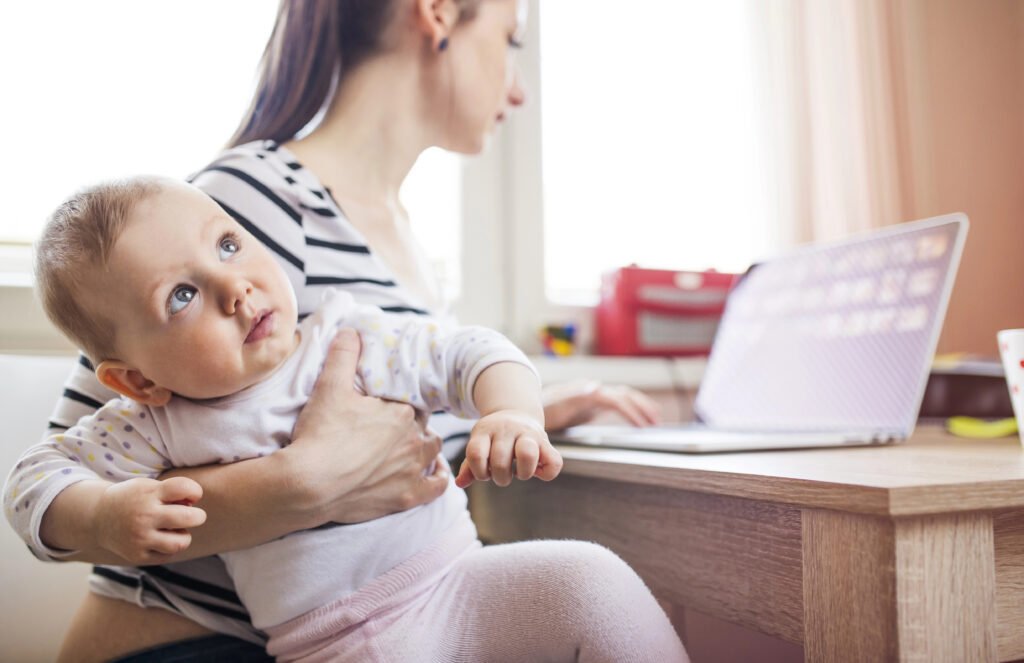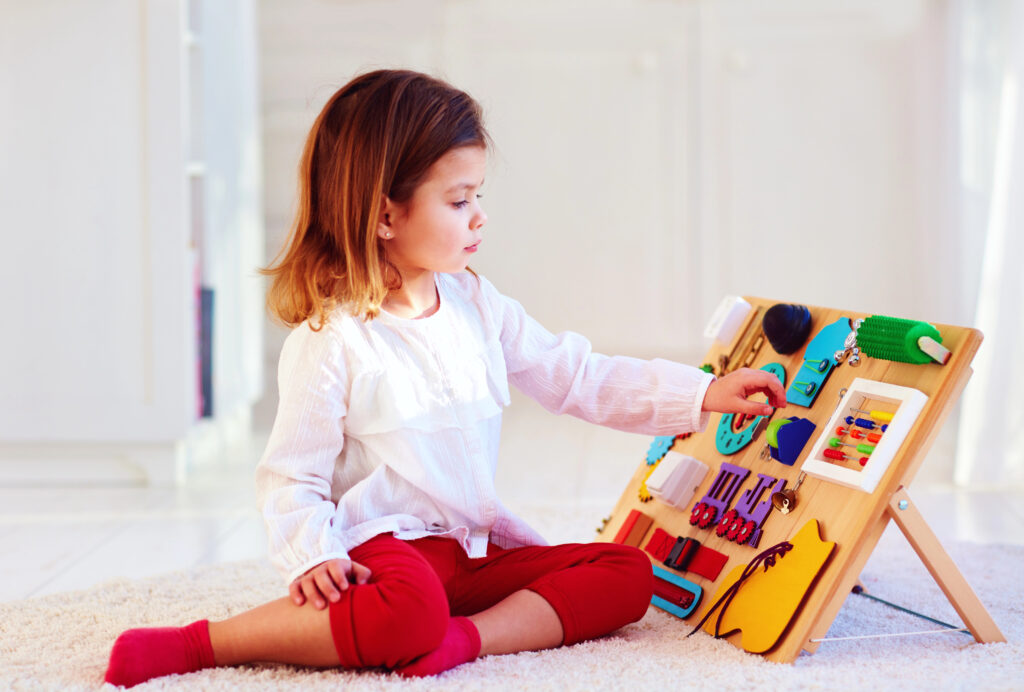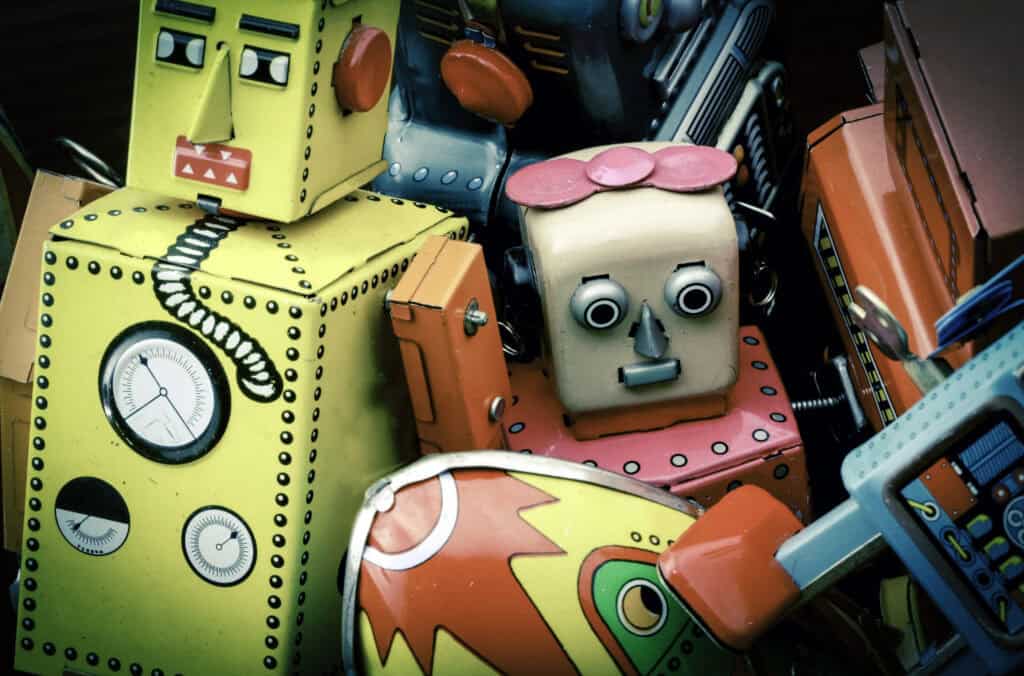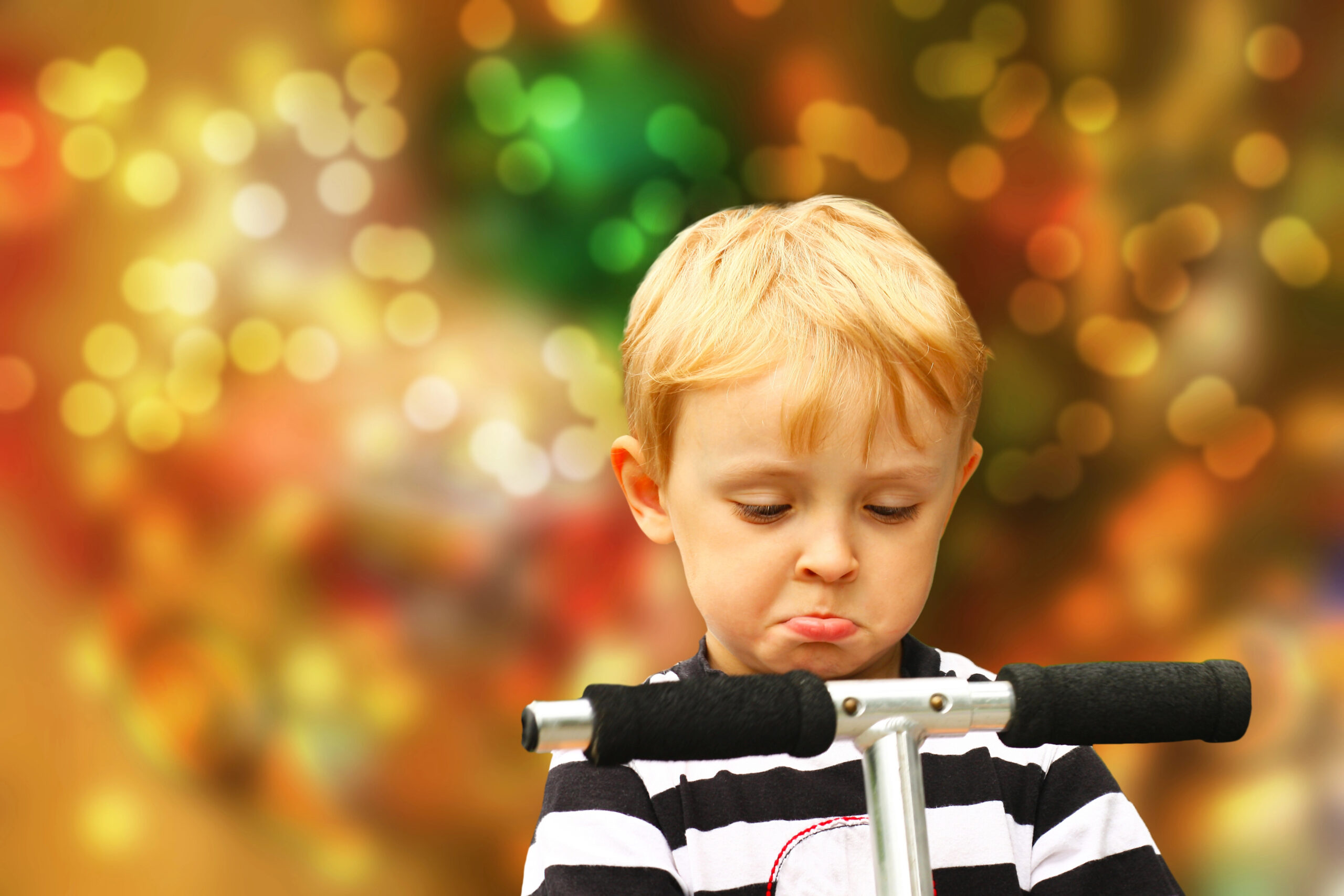
Santa and his elves may test every talking doll and choo-choo train before filling the sleigh, but parents purchasing toys from a store may want to recheck the manufacturer’s work.
Every year, a few toys are recalled for reasons ranging from excess lead content to choking hazards to misprints that make the packaging inappropriate for children. Then there are toys and accessories, like some baby seats, that remain on the market for years before they are recalled after multiple injuries or deaths.
What can parents do during Christmas shopping to ensure that they’re buying safe and appropriate toys?
One Wicked Misprint

The movie Wicked is hitting theaters this month, and it brought with it the usual slate of products. These range from designer handbags themed around the main characters to jewelry and fashion collabs and, of course, dolls.
Unfortunately, the first release of dolls came in packaging with an unfortunate mistake. Instead of linking to the URL www.wickedmovie.com, some error resulted in a similar but wrong link, which would take one to a website only for adults. While fortunate opportunists are now reselling these boxes online for many times what they initially paid, according to a Forbes report, parents are expressing legitimate concerns about what might have happened if their kids had tried to check the link.
An ounce of prevention comes in handy here: while Mattel should have done better, parents are the final arbiters of what our kids access, and these kind of misprints can happen to any product.
You (probably) don’t have to check every URL and QR code on every gift you buy. Still, a cursory glance at the packaging would probably save many of us some heartache, whether it’s because of misprints or because we overlooked the item we were buying needed other purchases to be fully functional (those smaller Lego Mario sets are expansion packs, as we recently learned).
On the other hand, if your kid happens to check links obsessively (I have one that cannot pass a QR code without scanning it), you might want to recheck everything or at least join your kid at the computer when he hops on to look up his new toys.
Total Recall — Check Before You Buy, & Again Before You Give

When the process flows exactly as intended, you won’t stumble across a product in the toy section after it has been recalled. Stores are usually alerted and pull the product from shelves pretty quickly.
However, as we all know, the process isn’t perfect, and recalls can also happen after you’ve purchased the product, especially if it’s brand-new. It’s always a great idea for big purchases to do an internet search about the product and check a few reviews. That gives other purchasers a chance to warn you if the item isn’t quite what was advertised or has other problems.
This is especially important if buying secondhand, as the product may have been recalled at some point after the previous owners purchased it.
There are a few resources for checking for recalls. SafeKids offers lists of recalled products for kids, including toys, teethers and feeding products, seats, and more. You can also sign up for their newsletter to stay up-to-date, especially if you’re a parent or grandparent who buys toys and baby products frequently.
The U.S. Consumer Product Safety Commission (CPSC) offers a searchable, sortable format. For instance, you can limit the search to “infant and toddler activity centers” and compare the list of recalled items to the options on the shelf.
You can also check again before putting toys under the tree, just in case any new concerns have surfaced since you made your purchase.
Potential Dangers That Aren’t Recalled

Not every company moves quickly to remove unsafe products, and knock-offs can carry risks that may not be present in official or brand-name purchases.
For one current example, the CPSC is warning parents about a popular ‘busy board’ sold on Amazon. Busy boards are designed to offer a variety of entertaining activities and may include locks, strings to tie or lace, wheels to turn, hinges to wiggle, and more. Unfortunately, they often include the risk of items detaching from the board, and in this case, the CPSC says that they create a choking hazard.
The agency has contacted the company to notify them of a violation but says they have “not been responsive” to a request to issue a recall.
To protect your child from issues like this, you can check the CPSC’s website, check reviews on the product, and then check the product out yourself at home. If a toy has small moving parts, you can tug lightly at it and test whether it seems secure.
Get The Lead Out

Though the U.S. has been implementing regulations to limit lead exposure for at least half a century, it still turns up in our products all too frequently and can be particularly dangerous for small children who still put everything in their mouths.
The CDC warns that older toys may have high lead levels, so if you’ve found Grandpa’s old tin soldiers in the attic or an antique wagon at your local secondhand store and thought it would make a great gift, you may want to rethink it or have the items tested first.
Many plastic toys also contain lead. Rather than ban these, the government has set limits on allowable amounts, and toys that exceed these limits can be dangerous. The CDC also warns that companies outside the U.S. may have different rules, so imported toys may not comply with these limits.
To protect your child, avoid buying more cheaply-made plastic toys, especially those made outside the United States, Canada, or the European Union. Avoid antique toys, especially for children who still put toys in their mouths.
The EPA also offers a list of home test kits for checking lead levels in a product.
Consider Ages & Stages

Check packaging for age limits.
A perfectly safe toy for an 8-year-old may not be a good choice for a three-year-old. It would be best if you also considered your own child’s abilities and habits. For example, if your child is older than 3 but still puts small toys in her mouth, consider choking hazards even if the toy is advertised for your child’s age range.
You can use parenting forums and online reviews to see whether other parents found the suggested age ranges appropriate for their kids’ experiences.
You can also open a toy up and check it out for yourself ahead of time. (I like pre-opening some gifts for very small kids anyway so that they don’t have to hand it over for help removing packaging immediately. You can remove twist ties and zip ties, then plop the toy right back in the box so it’s ready to play with upon opening.) Hold the toy, gently tug at any parts that seem as though they may be removable, and examine for sharp corners or other hazards if appropriate.
Listen To ER Doctors & Pediatricians

Every year, emergency physicians and pediatricians witness the rise in preventable injuries from the same handful of items after Christmas.
A December list from Today has 7 top items that these doctors say result in too many kids needing emergency treatment—and more than half of them involve kids ingesting parts or items. The doctors warn that toys with button cell batteries pose a risk alongside toys with removable or small parts.
Water beads and small magnets (like those in some fidget toys or construction sets) could be even more dangerous. Aside from choking risks, water beads can expand in the body, leading to vomiting, dehydration, or more serious outcomes. Magnets can end up stuck together inside the body, resulting in blockages or even perforations.
They also warn against trampolines, noting that kids under six should never use one, and older kids should use them only one at a time, with safety features like nets, and with adult supervision. Hoverboards and e-scooters make the list too. Doctors advise that they should never be used without proper safety gear.
To protect your kids, avoid buying items with small magnets or supervise them when using them. Check battery doors to make sure they close securely. Supervise your kids on their new wheeled toys and trampolines, and take all safety precautions.
Give The Electronics A Safety Check

Before making the purchase, look over the packaging.
You should know about a new electronic device, including whether your child can access the internet with it and what sort of parental controls are available. It’s not fun to find out a few days after Christmas that your kid who can’t even read yet has been buying apps and seasons of tv shows, and there are worse things for your child to stumble over on the internet accidentally.
Other things to check for include whether the game or device allows messaging, and whether you can limit that to people you know; whether there are chat functions and how well they’re moderated; and of course, whether there’s a content rating and if it fits with what you want your child to access.
For younger kids, you can also set up parental controls ahead of time and then pop the device back in the box so it is ready to use on Christmas morning.
Pajamas, Bedding, & Other Fire Hazards

The U.S. government has issued standards for children’s pajamas, including that they should be made of fabrics that are not highly flammable. Clothing not meeting these standards may be sold with a warning that it is not intended as sleepwear.
If you’re buying pajamas as part of your Christmas tradition, make sure they meet the Consumer Product Safety Commission’s standards. ComplianceGate explains that manufacturers and importers are obligated to publish a Children’s Product Certificate, assuring that their products comply with these regulations.
Avoid using clothing as sleepwear if it doesn’t provide this assurance.
On a separate but related note, avoid using chargers near beds. When purchasing items with rechargeable batteries, use caution, as some of these — from hoverboards to cell phones — have a history of starting fires. You’ll want to stick with high-quality items regarding chargers and batteries.
Increased Supervision With New Toys

You’re ready for some well-earned rest when you’ve stayed up late playing Santa, gotten up early with your excited kids, cooked and served a holiday meal, and engaged in the necessary clean-up. However, this is the period when these new toys need maximum supervision.
For at least the first few uses of any new toy, paying a little extra attention to any hazards you may have missed before purchase is a good idea. Watch the cool new trick your kid tries on his new scooter, and help him ensure he has his helmet and knee pads on correctly. Let her show you what her new tablet can do, and double-check that the parental controls work. Watch your child explore their new doll and cooking set, and observe whether parts become detached.
Parents are human, and we can’t catch every danger to our children. We can, though, be vigilant and minimize unnecessary risks.

